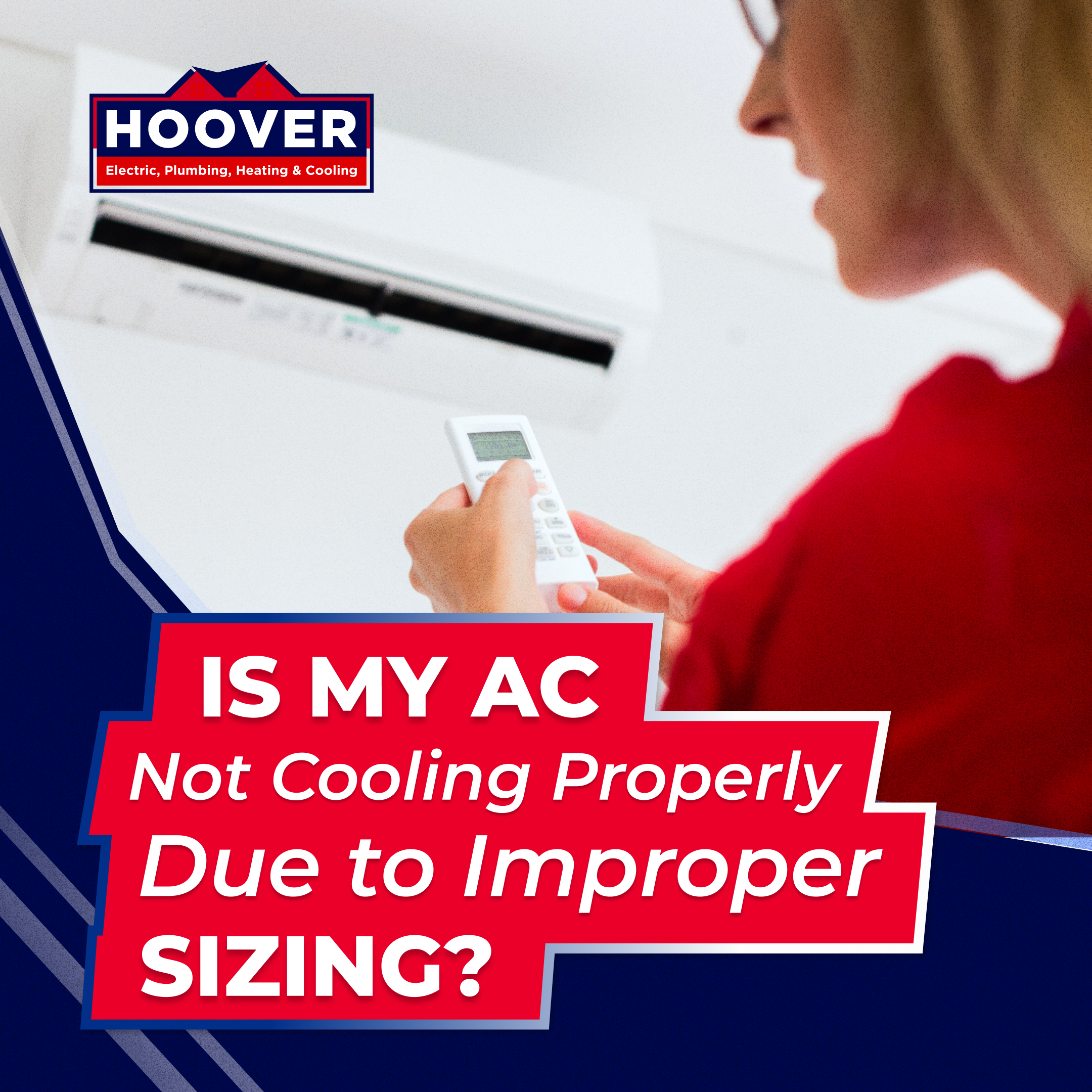Do you have a surge protector in your house? You probably have several, because most people use them to protect electronics and appliances from power surges. How much do you really know about power surges, though? If you’re like most of us, you probably don’t really understand them. Here’s what you need to know, to keep your electronics safe from power surges.
- Power surges are pretty common. Typically, a home’s electrical current will spike frequently and harmlessly, with those with each power surge lasting for less than a second. However, even though they don’t do much harm at the time, these seemingly harmless power surges can lead to problems in the long run. Whenever electrical power surges above the normal level, it can damage electronics, sometimes not enough to notice, but cumulatively enough to potentially start a house fire.
- What causes power surges? A power surge can happen whenever electricity cuts off and then is immediately reconnected. This powering off and on of current can force too much electricity through your electronics, which can damage electronics, cause problems with your home’s circuitry, and cause fires. It can happen because of electrical overload, when too many things are plugged into a circuit, because of faulty wires inside your house, because of an external cause like a lightning strike, or because of a power outage or blackout. When there’s a large scale power grid failure, the jump when the electricity comes back on can create a power surge.
- How can you tell that a power surge is about to happen? You might notice things like flickering lights, discolored or scorched outlets, warm, vibrating, or smoking outlets, or strange odors near outlets. You may also notice flashing lights on your digital clocks, a bad smell around one of your devices, or electronics turning off unexpectedly.
- You can prevent power surges by being proactive. To prevent internal power surges, have your wiring inspected to make sure it’s up to code, and refrain from overloading your circuits by plugging in too many devices. Then, too, it’s estimated that 60 to 80 percent of power surges happen when large appliances cycle on and off. If these appliances are connected to individual circuits, they can cause big power draws, creating power stoppages that impact electronics connected to the same circuit. Individual power surge protectors can help protect your electronics, but a more effective solution is to invest in what’s essentially a whole house surge protector: a home surge arrester. This device will protect the circuits directly at the electrical panel, modulating and controlling your home’s energy. This will help protect your electronics from both internal and external power surges.
- If a power surge happens, what should you do? Before resetting circuit breakers, reset, unplug, and repower all electronic devices. Then, assess your appliances, including your HVAC system, along with electronics and power outlets, looking for damage and determining functionality. This may require calling for help from a professional.
Whether you need help with electrical damage after a power surge or you’re interested in learning more about whole house surge protectors, call Hoover Electric. Hoover Electric, Plumbing, Heating, and Cooling has been serving customers in Southeast Michigan since 1980, offering courteous, professional service. We offer all the services you need for residential maintenance under one roof, so we can offer extremely competitive pricing while maintaining great customer service and guaranteed satisfaction. When you’re looking for top-quality electrical, plumbing, heating, or cooling services in Clinton Township or Troy, Michigan, contact Hoover through our website or call 586-232-9204 today.


